50+ Sample Project Management Plans
-
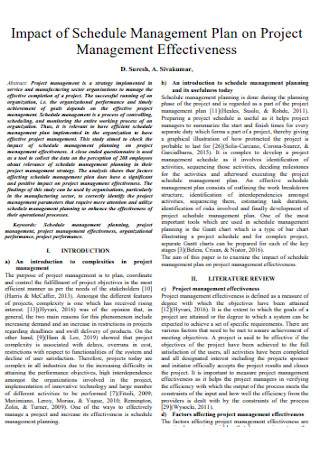
Project Management Plan Schedule
download now -
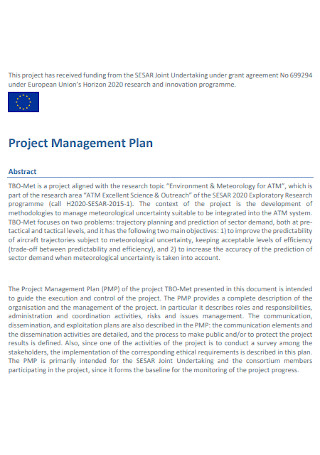
Sample Project Management Plan
download now -
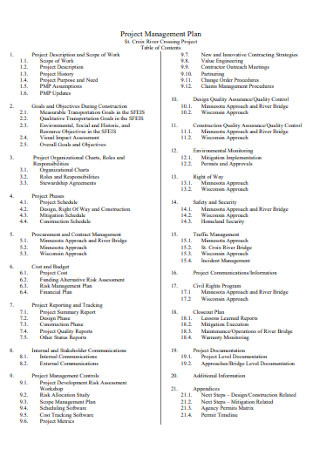
Project Management Plan Format
download now -
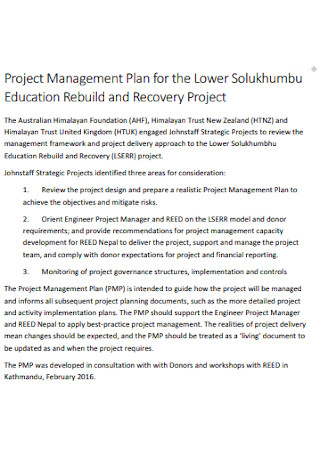
Recovery Project Management Plan
download now -

Project and Risk Management Plan
download now -
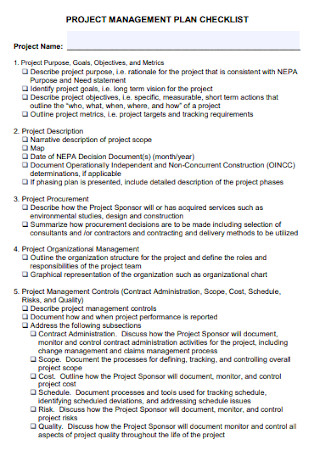
Project Management Plan Checklist
download now -
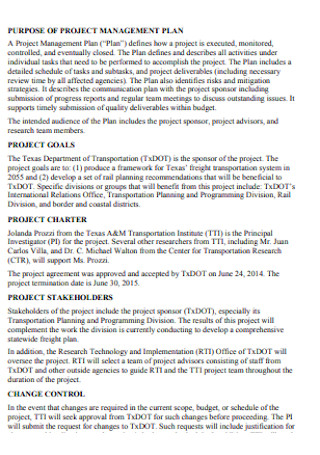
Basic Project Management Plan
download now -

Project Risk Management Plan
download now -
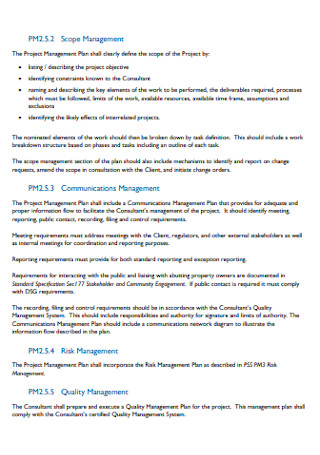
Project Communication Management Plan
download now -
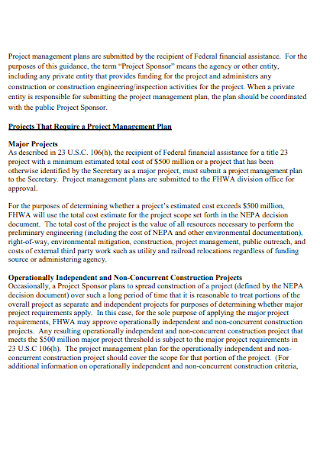
Major Project Management Plan
download now -
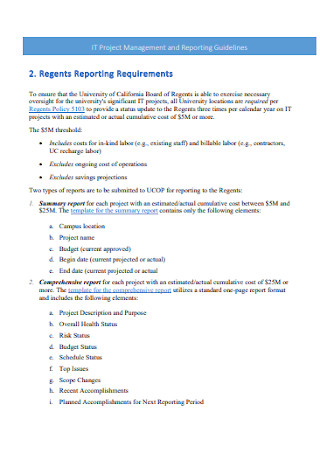
IT Project Management Plan
download now -
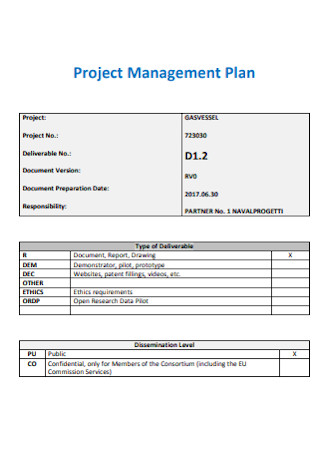
Gas Transport Project Management Plan
download now -
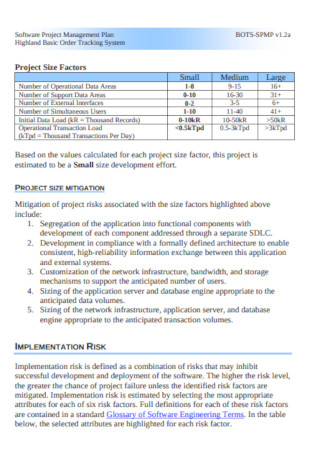
Software Project Management Plan
download now -

University Project Management Plan
download now -

Project Test Management Plan
download now -

Project Construction Management Plan
download now -
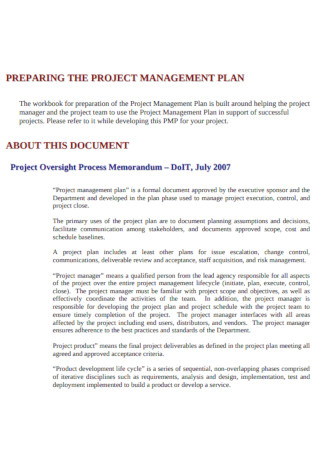
Standard Project Management Plan
download now -
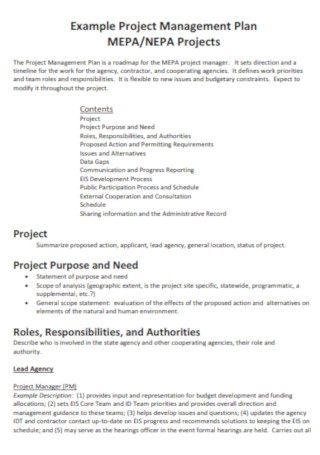
Project Management Plan Example
download now -
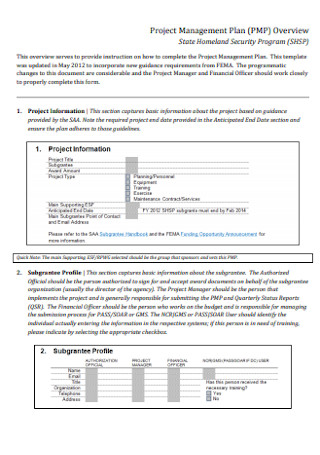
Project Program Management Plan
download now -
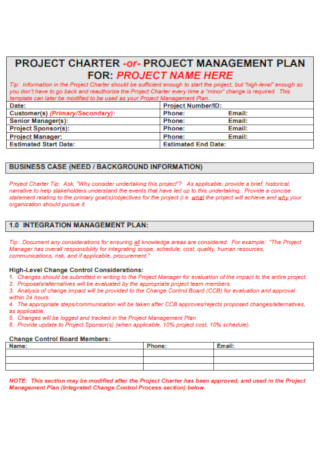
Formal Project Management plan
download now -
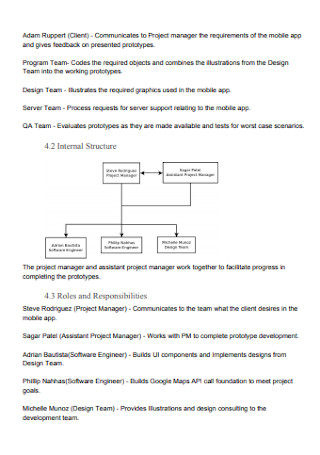
Software Project Management Plan
download now -
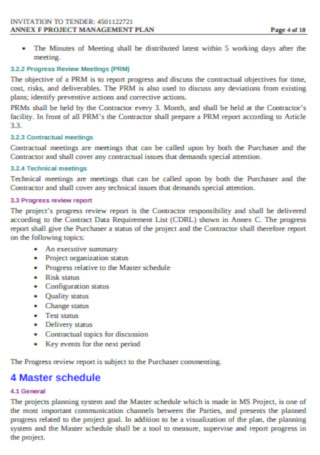
Sample Master Project Management Plan
download now -
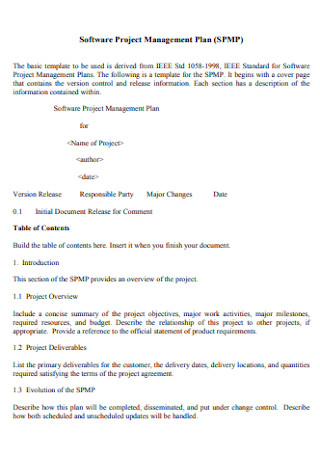
Software Project Management Plan Example
download now -
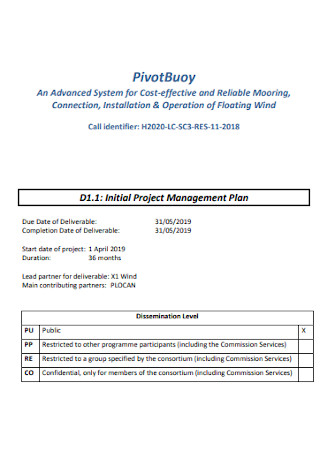
Initial Project Management Plan
download now -
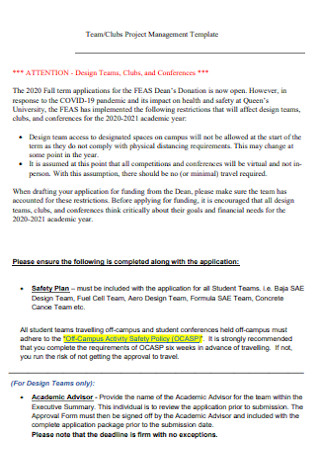
Clubs Project Management Template
download now -
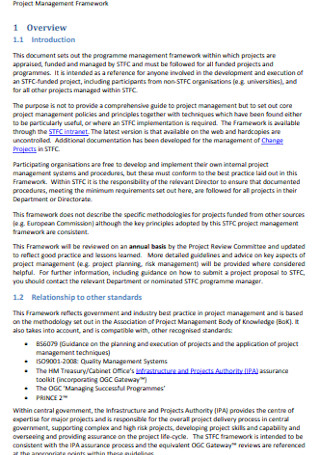
Project Management Framework Plan
download now -
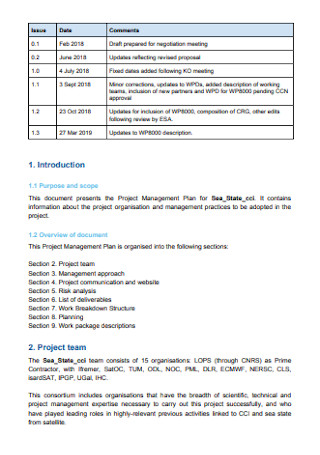
Simple Project Management Plan
download now -
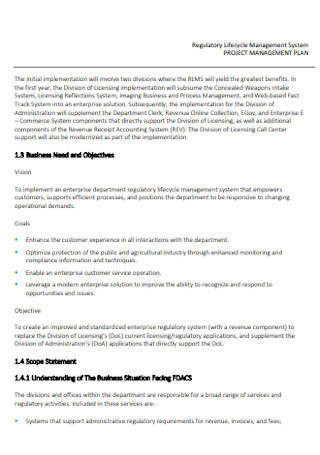
Project Lifecycle Management Plan
download now -
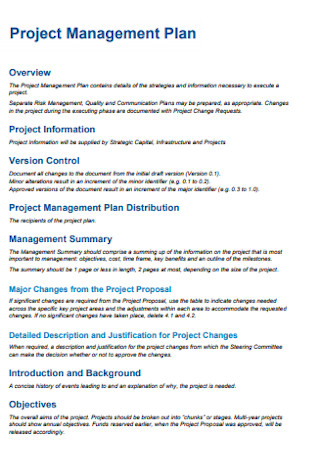
Project Management Capital Plan
download now -
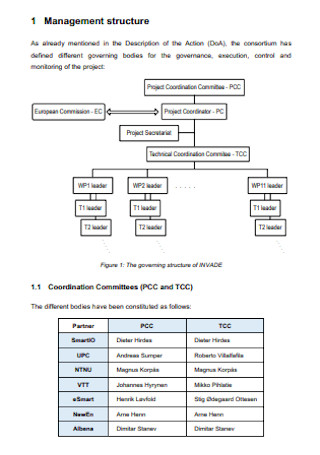
Project Management Structure Plan
download now -
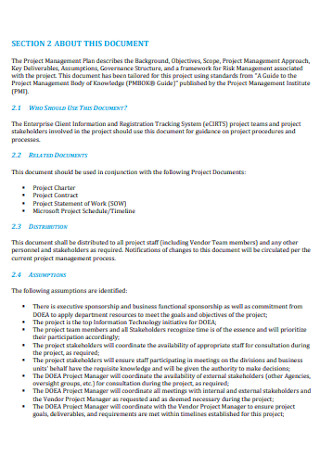
Project Client Management Plan
download now -

Project Management Plan Example
download now -
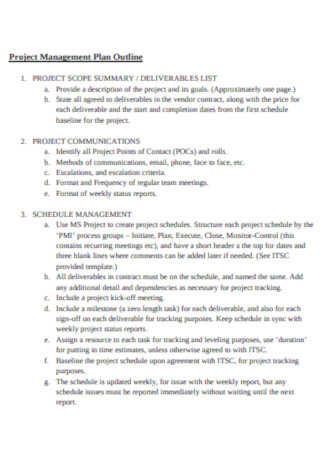
Project Management Outline Plan
download now -
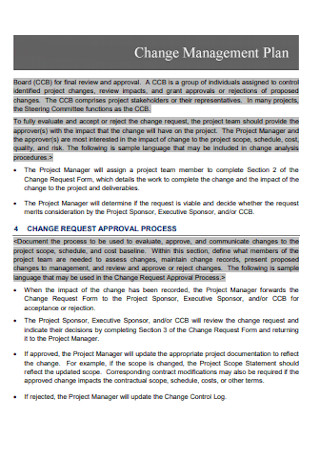
Project Change Management Plan
download now -
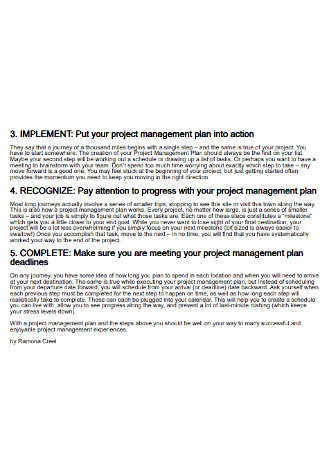
Project Management Action Plan
download now -

Printable Project Management Plan
download now -
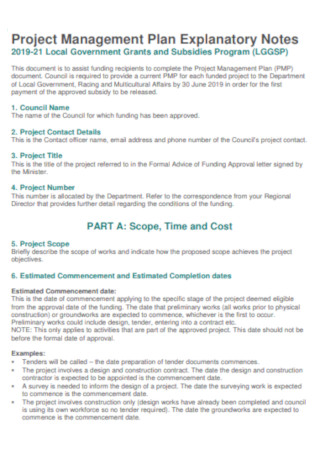
Project Management Plan Explanatory Notes
download now -

Project Materials Management Plan
download now -
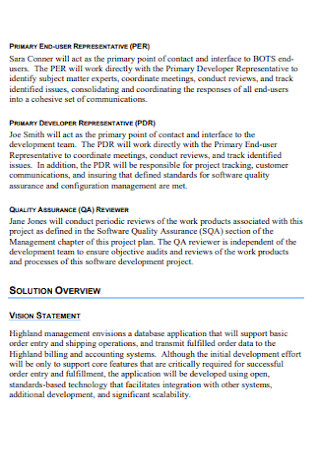
Sample Software Project Management Plan
download now -
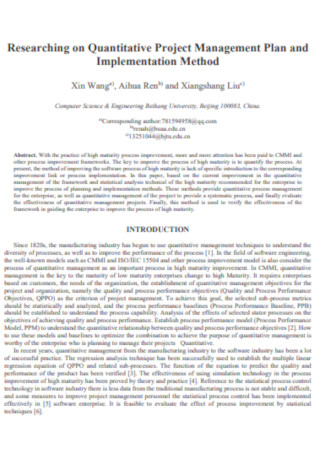
Project Researching Management Plan
download now -
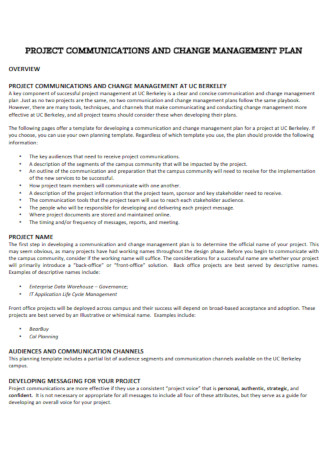
Project Management and Change Communication Plan
download now -
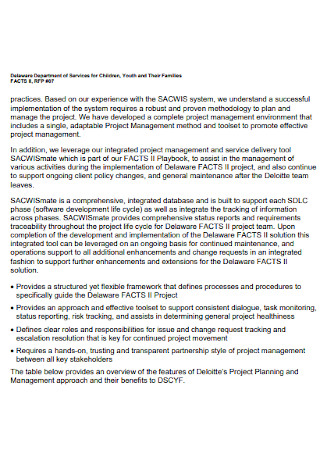
Project Planning and Management Plan
download now -
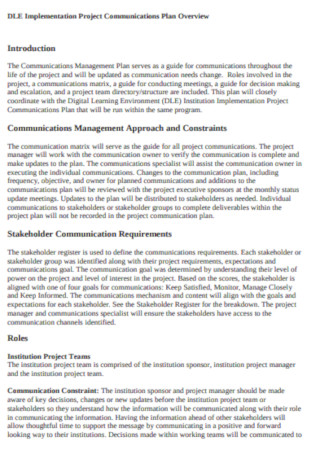
Digital Project Communications Management Plan
download now -

Preliminary Project Management Plan
download now -
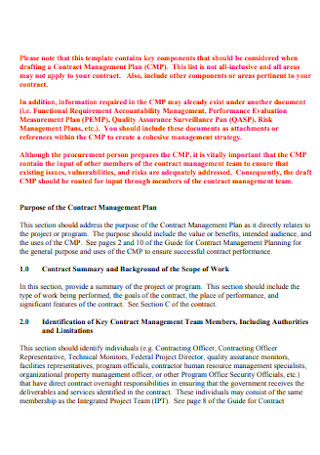
Project Contract Management Plan
download now -
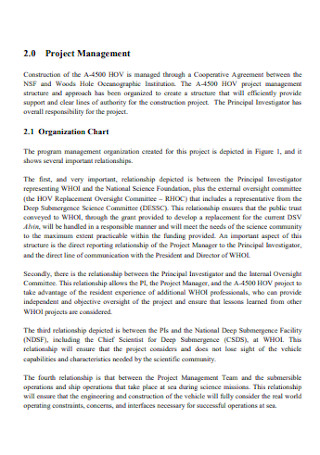
Project Management Chart Plan
download now -
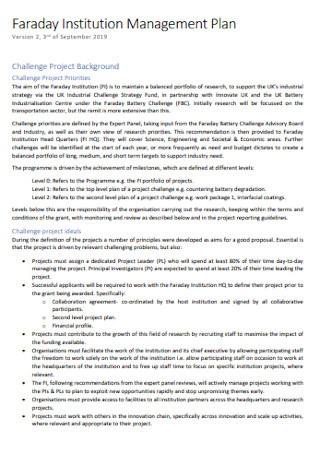
Institution Project Management Plan
download now -
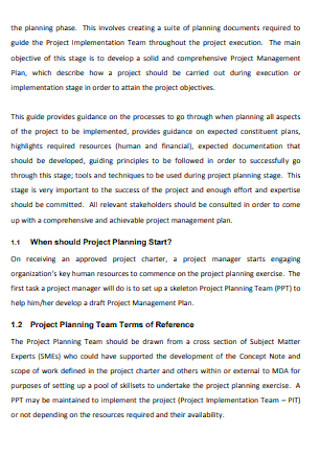
IT Project Management Plan Example
download now -
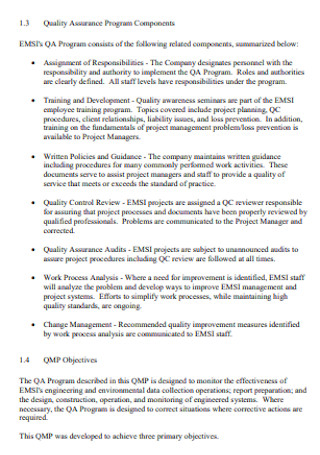
Project Quality Management Plan
download now -

Project Management Plan Schedule
download now
FREE Project Management Plan s to Download
50+ Sample Project Management Plans
Project Management Plans: What Are They?
What to Include in a Project Management Plan
How to Write a Project Management Plan
FAQs
What is the purpose of a plan?
What are the common types of plans?
How is a plan different from a proposal?
Project Management Plans: What Are They?
In general, a plan is consists of goals and steps in achieving these goals. Because a plan plays a crucial role in project management, project managers often write it to define how a project will be carried out, executed, monitored, and controlled. Moreover, a project management plan may be a gist or a detailed document and may consist of baselines, subsidiary management plans, and other relevant planning documents. This document is usually used to define the method the project team takes to execute the intended project management scope. Aside from the goals, it also outlines the scope, budget, timeline, and deliverables, which are essential for keeping the project on track.
Based on a report published by Indeed, the average base salary of a project manager in the United States is $81,408 on top of a $13,500 cash bonus per year.
What to Include in a Project Management Plan
Before writing a project management plan, it is important to understand that there is no similar plan like no project is alike. It should be specifically created and tailored to the project’s specific needs. To fully understand what goes beyond and across a project, below is a list of its different elements that you should include in your project management plan. Keep in mind the following are only common sections you can find in a work plan. Hence, you can include other relevant parts that you think are helpful in completing the project.
How to Write a Project Management Plan
Writing a project management plan could take a little while before completion. If you want to pass the hassle, use a plan template. Using a template can save you time because you are no longer required to start from scratch. Also, a template promotes consistency in your document as ours were created by professional writers and creative graphic designers. Start by browsing through our website and discover a collection of sample templates. Choose a template that is suitable for your task. And click the download button. Aside from a template, there are other things you should consider and get familiar with. We made a list below to guide you make a compelling project management plan. Take a look and let us get started:
Step 1: Highlight Key Elements in an Executive Summary
As you already know, an executive summary is a brief review of what the project is all about. It also describes the key elements of an operation plan. The executive summary is often the first thing stakeholders and other outside members will read, and it should act as a Cliff notes version of the entire plan. More so, the project summary must touch the project’s value proposition, goals, deliverables, and important milestones. Yet, it has to be concise and develop a proof of concept.
Step 2: Plot the Project Schedule with a Gantt Chart
This is the second time we mention the Gantt chart in this article. But what is a Gantt chart and why is it important to a project management plan? A carefully planned schedule is the key to the success of any project. Without a visual schedule, your project will crumble into a mess of missed deadlines, poor team management, scope creep, and anything that could go wrong in delivering the project. However, you can prevent those from happening with a project planning tool like a Gantt Chart and project timelines. These tools will make creating your project schedule easy.
Step 3: Use a Template and Choose an Editing Tool
Making a project management plan is no joke. You need to take time and prepare all you need prior to writing. To make it easier at your end, use a template. Get yours from our collection of ready-made templates. Before working on an editing tool, make sure it is compatible with your template’s file format. To know this, check on the website where you downloaded the template. If it is featured there, it means you can edit the template using that editing tool.
The advantage of using a template is that most of them come in with suggested content. This promotes consistency in your plan. You can leave it as is or modify the content according to your preference. Editing the template is easy, you can replace the text based on what you want to include in your plan.
Step 4: Make It Visually Appealing and Do the Final Revision
Some may not consider adding designs to their project plan. But you do not have to. Design elements like tables, bar charts, and graphs neatly organize the content of your plan. It is also a courtesy to your reader as it serves as a break from lengthy texts.
The final edit is crucial for any plan. It is your chance to go through its content and make necessary changes. Doing this helps you avoid mistakes such as grammatical errors, misspelling, and incorrect information. If you have the time, you can also let a colleague read your plan for a consultation.
FAQs
What is the purpose of a plan?
The main purpose of a plan is to set out objectives and measurable actions in achieving goals. But plans are made uniquely to align with what it is used for. Hence, each plan is different from one another. Without a plan, there is no guide to refer to and there is a big chance of failure. If you want to avoid that, spend some time on planning. The basics of planning are not as hard as you think. Get started by doing your research. The internet offers a lot of information about project planning. Or you can go to local and school libraries.
What are the common types of plans?
- Lesson Plan
- Business Plan
- Marketing Plan
- Construction Plan
- Development Plan
How is a plan different from a proposal?
A proposal and a plan are not similar but two important business documents. The main difference between the two is that a plan is a written presentation that sets out goals and steps in achieving goals while a proposal is a call to action that convinces its readers to do something on what is being proposed.
As cliche as it may sound, but the key to success is efficient planning. A project management plan is a foundation for a project’s success. Because of that, project managers should invest in writing a compelling plan. If they do not make time writing a project management plan, the entire project will be a waste of resources, time, and effort. The last thing every organization wants is to misuse what they have without having something in return. For more business templates, visit our website now and get the chance to sign up for any of our subscription plans!
